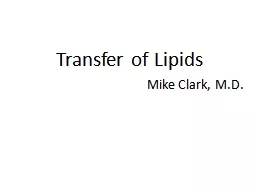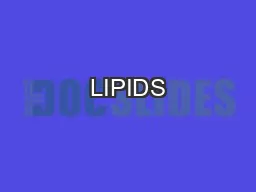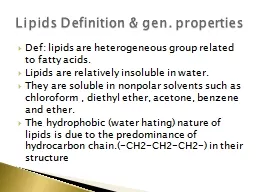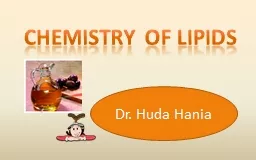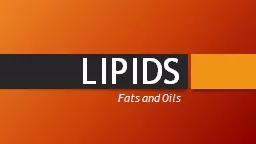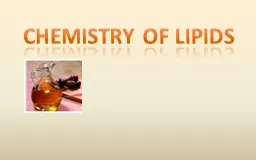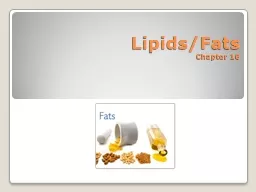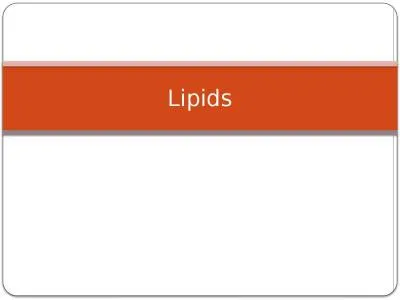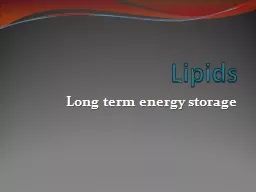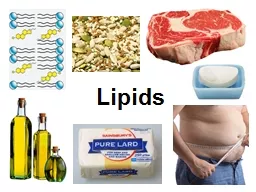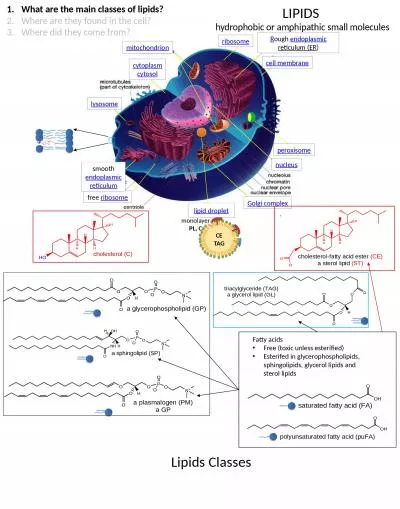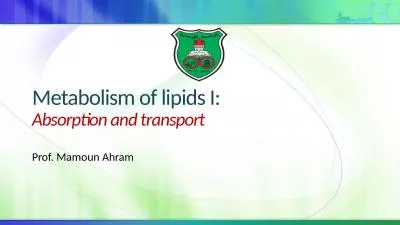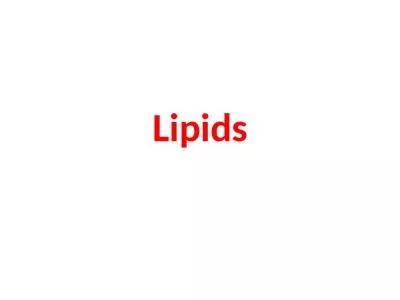PPT-Transfer of Lipids
Author : test | Published Date : 2016-04-12
Mike Clark MD Cholesterol Recommended Daily Diet 45 65 of daily kilocalories Carbohydrates most being complex carbohydrates 20 35 of daily kilocalories from
Presentation Embed Code
Download Presentation
Download Presentation The PPT/PDF document "Transfer of Lipids" is the property of its rightful owner. Permission is granted to download and print the materials on this website for personal, non-commercial use only, and to display it on your personal computer provided you do not modify the materials and that you retain all copyright notices contained in the materials. By downloading content from our website, you accept the terms of this agreement.
Transfer of Lipids: Transcript
Download Rules Of Document
"Transfer of Lipids"The content belongs to its owner. You may download and print it for personal use, without modification, and keep all copyright notices. By downloading, you agree to these terms.
Related Documents

